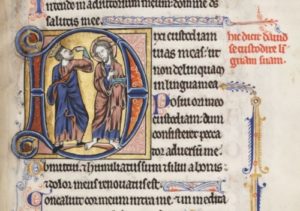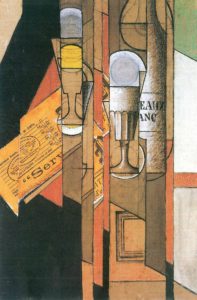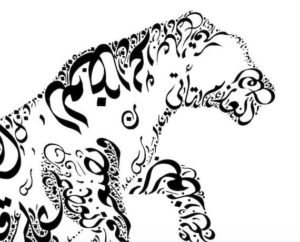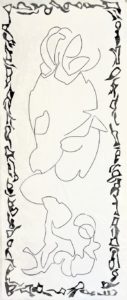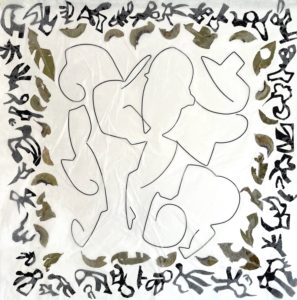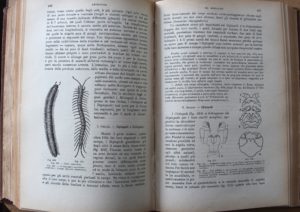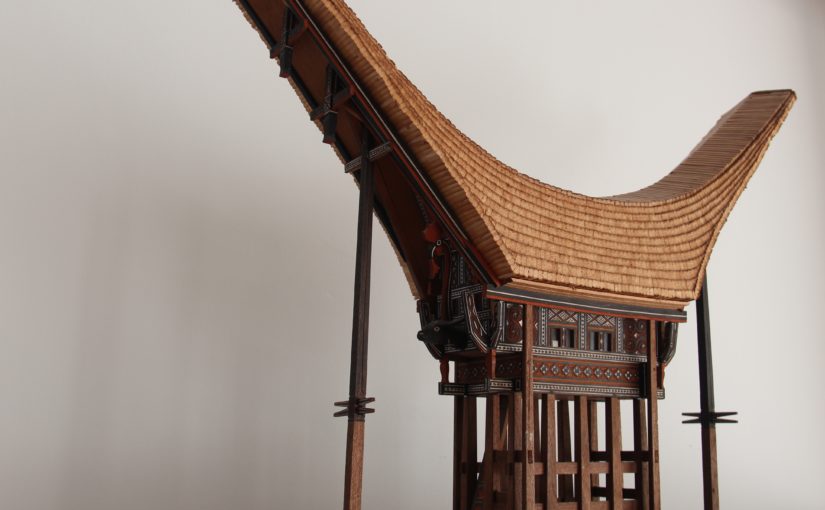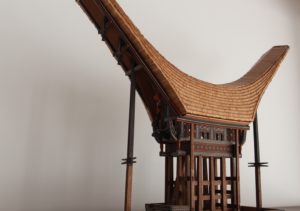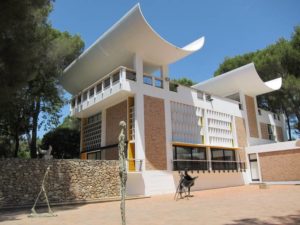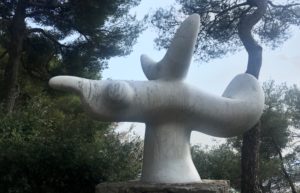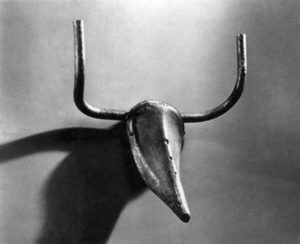When deepening my knowledge about Wabi-Sabi, I realised that this concept best relates to the artworks in which I use eroded tile fragments, like “Australia – Italy carpet”, “Divisions are Arbitrary”, “Broken Heart” or “White corner”. The idea is to compose a piece with hundreds of pieces of recovered tiles of demolished buildings, eroded by the sea, juxtaposed horizontally and given new meaning.
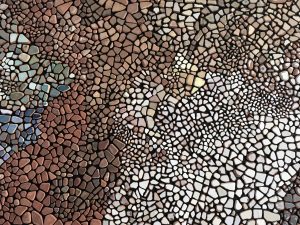
Wabi-Sabi is a multifaceted complex Japanese aesthetic concept where wabi refers to nature, simplicity, sadness and assymetry, while sabi relates to something old, altered by time or acquiring patina. This is exactly what the fragments of tiles that I use in my artwork are. Nature has provided their terracotta basis. The rolling waves on the pebble shore has softened the tile’s edges over time. Each small tile fragment, coloured or not, is an almost insignificant object but it carries a strong sad story; building demolition material is being illegally dumped in the Mediterranean sea. The desegregation of the glaze with which the tiles are covered contaminates the water through the release of lead. But these small insignificant fragments also carry humble beauty. They are eroded by rolling among the pebbles of the shore, which modifies their irregular shape, often into an almost organic rounded one. If the tiles still comprise a coloured stain, their original colour will have been softened, slightly whitened by the salt contained in the sea water. This gives the overall result a less bright look. It seems like some white was added to the colour of the tiles. The traces of time are very visible on these human-made objects which get gradually transformed into small rounded pieces of terracotta that are easily taken for an ordinary pebble on the beach.



And so, beauty emerges from the unexpected. From a temporary state between human-made bathroom or kitchen tiles covering a wall or floor in the house, and a little piece of terracotta uncontrollably shaped by the sea, forgotten among the shore pebbles and uniting with them. Through erosion the tile fragments evolve towards disappearance. In their original state, tiles are mass produced with square angles and standard sizes. When I pick up eroded fragments they are irregular and often imperfect, but that’s where their beauty emerges, they are diverse and have all become unique. They have evolved from a standardised surface to a unique extraneous fragment. I feel that their imperfection symbolises freedom, while their initial industrial perfection symbolises norms and a sort of one-size-fit-all authority. The tile fragments have lost functionality and utility but are charged with so much sensory information. By looking at them closely, observing their colour or their decorative pattern, one discovers subtle traces of beauty. Decontextualised, ugliness can be poetic.

The artworks that I make with the eroded tiles are all temporary as they are assembled for a given exhibition and dismantled afterwards. Every time that they are re-assembled they will look different and tell another story. A question then emerges “what is the original version of the artwork”?, and if I may attempt an answer, it would be that “the process is always identical, never the end result”.

